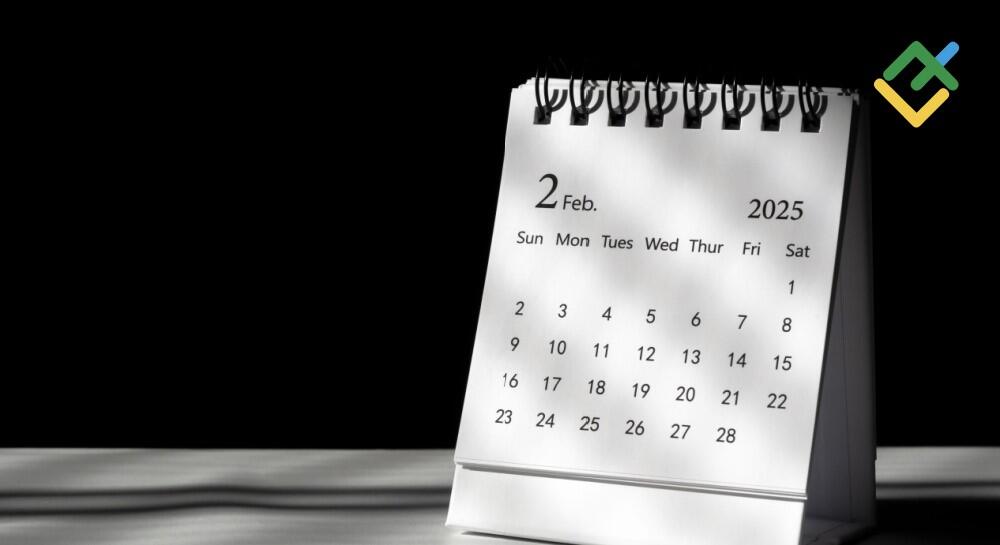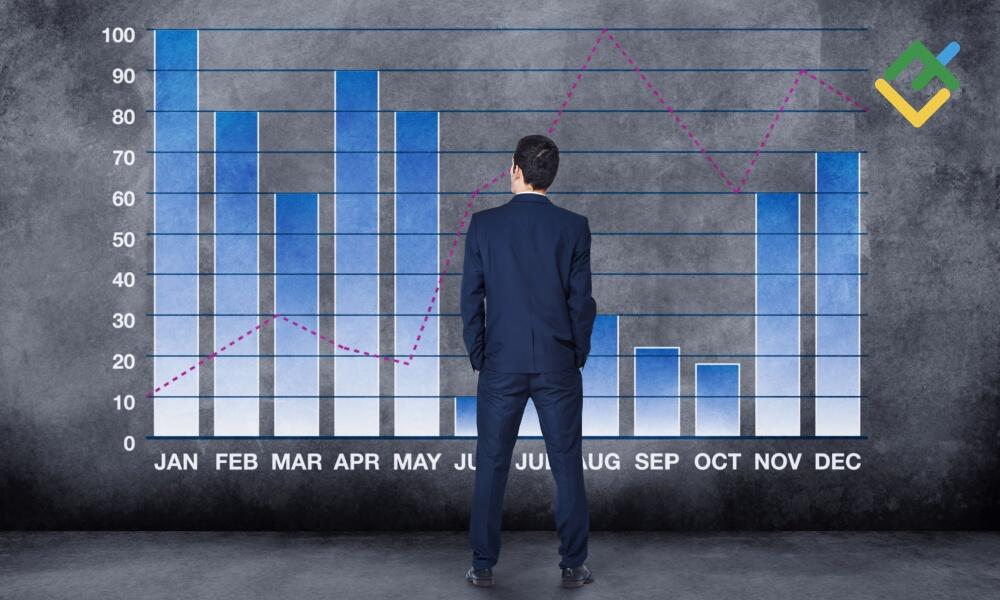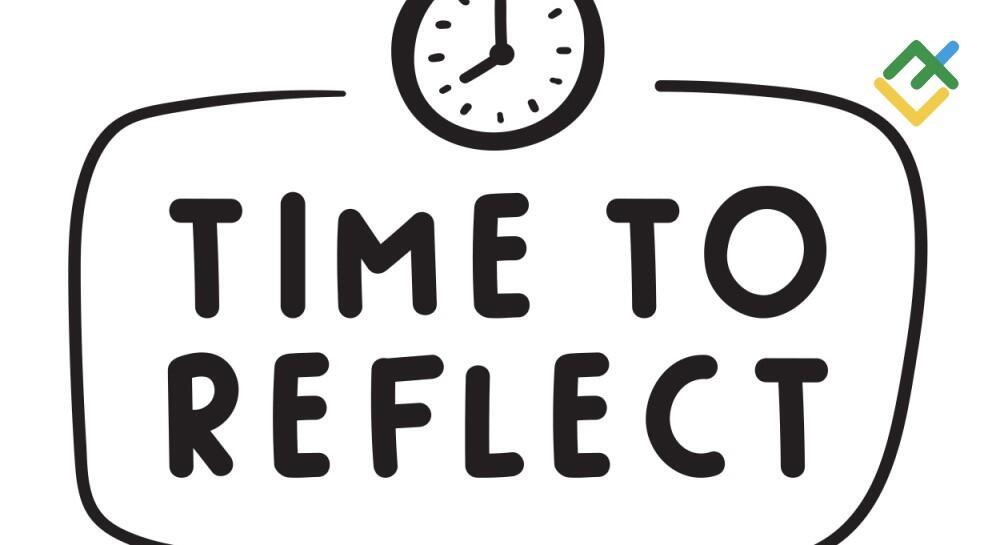
Choosing the optimal time to trade Forex is key to a good trading strategy.
It is important to consider the activity of trading sessions, the periods of volatility of currency pairs, and economic news. Understanding when to trade on Forex helps reduce risks and increase potential profits.
Let’s take a look at the best days to trade currency pairs. We will explain the impact of trading sessions and provide recommendations for optimizing your trading strategy.
The article covers the following subjects:
Major Takeaways
- The best time to trade Forex is during active sessions.
- The Forex market trading time depends on the liquidity and volatility of currency pairs.
- Main sessions: Tokyo, London, and New York.
- The most profitable days of the week to trade forex are Tuesday, Wednesday, and Thursday.
- Optimal trading hours: the overlap of the European and American sessions.
- Avoid trading on holidays and during periods of low activity and decrease in trading volumes.
- The time for trading is chosen considering time zones and economic news.
- The best months to trade Forex are periods of increased market activity.
Best Days To Trade Forex
The forex market is open 5 days a week, offering traders the opportunity to engage in dynamic market movements every trading day.
Choosing the best days of the week to trade the Forex directly affects your trading success. On certain days of the trading week, markets are more active, liquidity is higher, and spreads are minimal. Understanding the best time of the trading week helps traders avoid market stagnation, minimize risks, and boost profits.
Weekend Effect
From Friday evening to Sunday, Forex trading practically stops, as these are non-working days for most global trading platforms. The closing on Friday night often leads to a decline in liquidity, as many traders close their positions ahead of the weekend. As liquidity drops, there may be less predictable price swings, making it harder to anticipate market movements with confidence. In such environments, volatility is relatively low, as fewer market participants lead to less dramatic price changes. Thus, the decrease in market activity over the weekend contributes to a more subdued atmosphere in the forex market.
However, trading activity resumes by Monday, with the start of a new trading week and the Asian session.
Traders often avoid trading on the market the day before the weekend due to eventual unexpected price movements before the close. On the contrary, Forex trading due to global events often sees increased volatility in the first few hours of market opening. Monday offers new trading opportunities as the market reacts to events that occurred over the weekend.
Thus, awareness of weekends helps avoid unnecessary risks and determine the best times to trade Forex.
Mid-Week Patterns
By the middle of the week, many traders find themselves analyzing trends and adjusting their strategies as the market’s volatility increases.
The most active days for trading on Forex are from Tuesday to Thursday. The best trading days are Tuesday and Wednesday due to high liquidity and volatility.
Tuesday is one of the best trading days to trade forex as the market recovers from the Monday calm. Participant activity and volatility increase significantly. When liquidity quickens and the market experiences higher volume, price movements become more predictable.
Wednesday and Thursday are the best days due to the overlap of European and American trading sessions. This is one of the most popular trading periods that sets up optimal conditions for trading the currency market.
Mid-week patterns are strong price movements caused by the release of economic news and reports. This is also a great time to explore effective currency trading methods and increase your chances of success.
Volatility at the End of the Week
Thursday and Friday are the most volatile days on Forex, especially the third Friday of each month when options and futures contracts expire.
These days are often considered the best days for forex trading, as positions are actively closed before the weekend. These trading volumes and liquidity attract traders.
On Thursday, the market experiences a spike in activity as medium-term trading positions are closed. On Friday, volatility and trading volume peak, allowing traders to use this time for short-term strategies.
One can make forex profits during this time due to high liquidity and many active participants. However, given the possibility of unexpected price jumps, it is important to remain cautious and use protective orders. End-of-the-week volatility presents an excellent opportunity for experienced traders to maximize their profits.
Sessions are not open during the weekends, so you’ll need to wait until the market opens on Monday.
Best Times and Session Overlaps
Forex trading occurs 24 hours a day, five days a week, thanks to the consecutive opening of key trading sessions: Asian, European, and American.
The best time to trade often coincides with forex markets overlap, as trader activity increases significantly. Effective trading on the Forex market requires understanding each session’s characteristics to choose the optimal time for trades.
The Tokyo session (03:00 – 12:00 GMT+3) opens the Asian market. During this time, trading volumes in the Japanese yen are at their highest.
The London session (10:00 – 18:00 GMT+3) is the second best period for Forex trading, as it covers about 35% of the total trading volume. This major trading session usually accounts for the main liquidity. During this period, there is increased activity in major currency pairs involving the euro, pound, Swiss franc, and US dollar.
The New York session, which runs from 3:00 PM to 12:00 AM GMT+3, brings in American market players, adding more activity and swings in all dollar-related pairs.
The most dynamic time of the day is the overlap of the London and New York sessions (15:00 – 18:00 GMT+3). During this period, trading quickens and the market is most liquid due to the activity of large financial institutions on both sides of the Atlantic. The trading hours of these two sessions create favorable conditions, allowing one to catch strong trends and minimize spreads.
Best Months for Trading Forex
The activity of the Forex market is heavily influenced by the time of year. Spring and autumn months are considered the best time of the year to trade Forex, as markets are particularly active during these periods. High trading volumes and volatility are linked to seasonal economic reports and significant global events that impact price movements. Such conditions create more opportunities for profitable trading, especially for those who can react promptly to market changes.
Summer Trading Slowdown
The summer months, particularly July and August, are characterized by reduced activity in the Forex market due to a vacation taken by major traders and financial institutions. Forex trading becomes less predictable during this period as liquidity lowers and spreads widen.
Autumn Boom
September and October are the most active months in Forex, as major players return from their summer holidays, leading to a surge in trading opportunities. Financial reports, economic forecasts, and seasonal events increase liquidity and volatility.
Christmas Lull
The final weeks of December, including Christmas and New Year, are marked by a slowdown in the market. Major players close their positions, reducing liquidity. However, Forex trading can still offer interesting opportunities for short-term strategies during this period. Rare price spikes in a low-liquidity market can yield quick profits if approached cautiously.
Spring Marathon
March, April, and May months are the most important due to the release of important economic reports, corporate earnings, and budget forecasts. Trading during this period is advantageous due to high liquidity and volatility, as major players open new positions.
What Are The Worst Days To Trade Forex?
Certain days are unfavorable to Forex traders due to low liquidity, wide spreads, and market uncertainty. Mondays are often slow, as a new week begins and the market is just reopening after the weekend. Friday afternoons also carry risks, as many traders close positions in the second half of the day ahead of the weekend, causing unpredictable price fluctuations.
Holidays are another unsuitable time for trading, as global financial markets operate with limited liquidity, and sharp price spikes can lead to losses. Additionally, traders should avoid trading during the release of key economic reports unless they are prepared for high volatility. Understanding the worst times to trade helps minimize risks, preserve capital, and adjust trading strategies accordingly.
When Can You Take a Break from Trading Forex
Sometimes the market needs a rest, and traders should use this time wisely. Breaks are best taken when trading activity slows, Forex liquidity is low, and market volatility is minimal, for example, during weekends or holidays. The market also quiets at night, especially during the Asian session after 21:00 UTC. Monday mornings and Friday evenings are another suitable time for a pause, as prices can behave unpredictably. Trading under such conditions is inefficient, as it increases risks and reduces the likelihood of successful trades.
Events That Change Forex Trading Schedule
Economic reports, central bank meetings, and political events can significantly impact trading schedules. The release of unemployment, GDP, and inflation data triggers sharp price fluctuations. Holidays and non-working days reduce liquidity, making trading more challenging.
Conclusion
Choosing the best time to trade the Forex market is crucial for a successful strategy. Understanding active trading sessions, the most profitable days of the week, and seasonal trends allows traders to minimize risks and maximize potential profits. Mondays and Fridays often bring uncertainty, while mid-week is ideal for trading.
The summer slowdown and Christmas lull require caution due to low liquidity, while spring and autumn offer numerous opportunities due to increased activity.
Best Days To Trade Forex FAQs
It is recommended to trade 3-4 days a week, focusing on Tuesday, Wednesday, and Thursday. These days offer the highest liquidity, providing favorable conditions for profitable trades.
Wednesday is the best day to trade the Forex. High liquidity and significant market volatility, especially during the overlap of the European and American sessions, allow traders to maximize profits with minimal spreads.
Monday and Friday are considered the most unfavorable days. On Monday, markets are just reopening after the weekend, and on Friday, traders close positions, leading to sharp, unpredictable price movements.
August is the worst month to trade due to the summer slowdown. Major players are absent, liquidity drops, and price movements become less predictable, increasing the risk of losses.
The best time is during the overlap of the London and New York sessions (15:00 – 18:00 GMT+3). During this period, the market is at its most active, volatility is high, and spreads are minimal, creating ideal trading conditions.
Avoid trading ahead of major economic news. Only open trades if you are prepared for high volatility. Use protective orders, reduce position sizes, and stick to a pre-planned trading strategy.
The content of this article reflects the author’s opinion and does not necessarily reflect the official position of LiteFinance broker. The material published on this page is provided for informational purposes only and should not be considered as the provision of investment advice for the purposes of Directive 2014/65/EU.
According to copyright law, this article is considered intellectual property, which includes a prohibition on copying and distributing it without consent.
{{value}} ( {{count}} {{title}} )
This post is originally published on LITEFINANCE.








